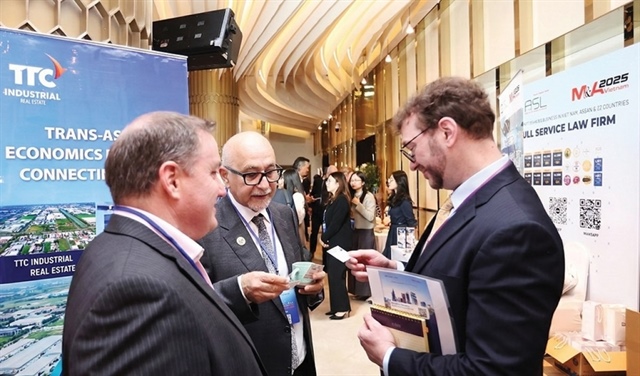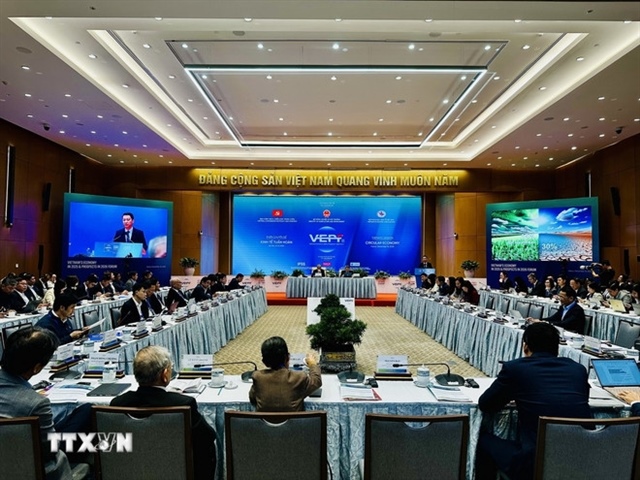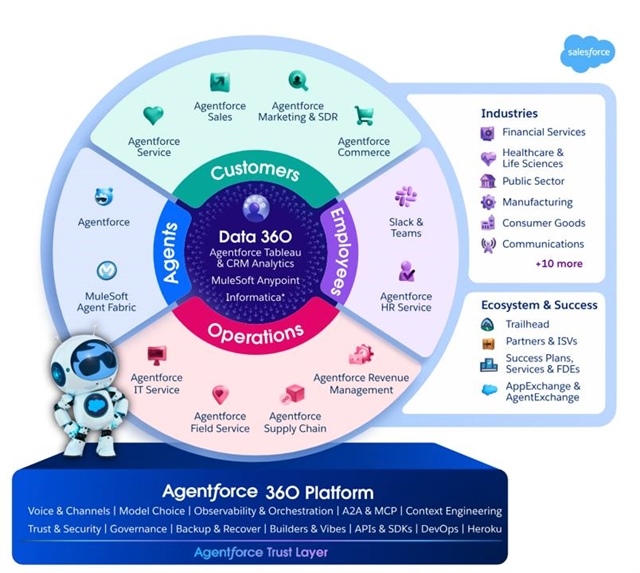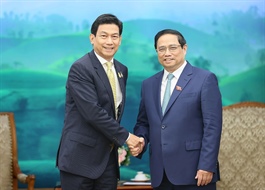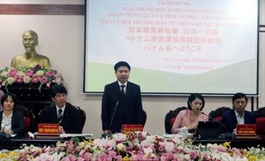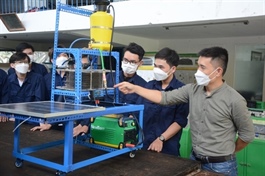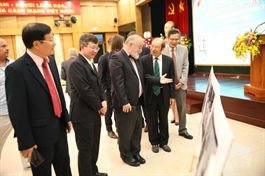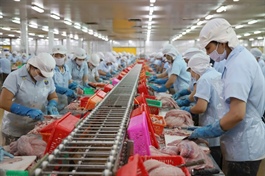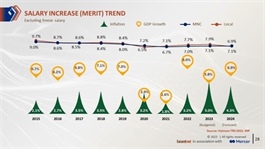Quảng Ninh plans 9,360 hectares of sea to attract investment
Quảng Ninh plans 9,360 hectares of sea to attract investment
The northern coastal province of Quảng Ninh has identified 9,360 hectares of marine area expected to attract aquaculture investment projects, accounting for 20.2 per cent of the total planned area for aquaculture.
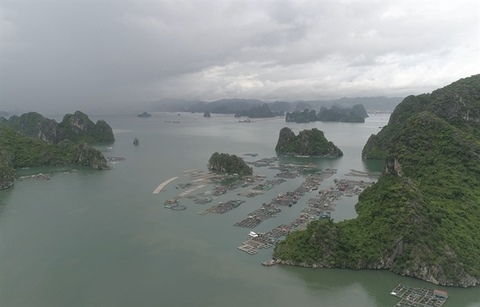
Illustration photo. Panorama of fishing village on Bái Tử Long Bay. — Photo Vietnam+ |
The plan aims to develop a sustainable fisheries economy, associated with protecting resources and the marine environment, said the director of the provincial Department of Agriculture and Rural Development, Nguyễn Minh Sơn.
Among them, there are five large projects. One is a modern sea farming project combined with experience in Hạ Long Bay, covering an area of 150 hectares with a total investment of VNĐ100 billion (US$4,166). Another is a modern industrial sea farming project combined with experience in Area 2, Cẩm Đông and Cẩm Tây wards, Cẩm Phả city, spanning 515 hectares with an investment capital of VNĐ15 billion.
Additionally, there is a multi-culture, multi-value marine farming project that applies modern technology and integrates experience on Phất Cờ island, Vân Đồn district, covering 132 hectares; and a project to farm Pacific oysters and sea cucumbers meeting export standards in the West of Ngọc Vừng island, Vân Đồn district.
Another project aims to produce and raise sea cucumbers in Thanh Lân commune, Cô Tô district, over an area of 10 hectares.
Furthermore, the provincial Department of Agriculture and Rural Development is co-ordinating with relevant localities and units to attract investors for four projects from its investment attraction list last year. These include: a complex project of seed production, high-tech sea farming, and concentrated seafood processing in Đường Hoa commune, Hải Hà district; and a marine aquaculture area in Đầm Hà commune, Đầm Hà district.
Other projects involve an aquaculture area on the sea in Đại Bình commune, Đầm Hà district and an eco-tourism project combined with aquaculture on Vạn Vược island, Đầm Hà commune, Đầm Hà district.
However, a significant challenge is that localities still rely on the map system set out in Decision No 80/QĐ-TTg (February 11, 2023) by the Prime Minister, which approves the planning of Quảng Ninh Province for the 2021-2030 period, with a vision to 2050, said Sơn.
Moreover, some projects are located outside the 6 nautical mile zone or in the buffer zone of the World Natural Heritage Hạ Long Bay, which falls under the authority of the Central Government, posing difficulties for potential investors.
Localities also currently lack standards, regulations, and techniques concerning environmental carrying capacity, density, productivity, marine aquaculture output, and cage structure, complicating the appraisal of marine aquaculture projects.
To address these challenges, the agricultural sector is guiding localities to zone, demarcate, and draw up detailed marine space maps; establish clean premises, and review the list, confirming the unification of water surface areas to attract investment in modern, industrial marine farming.
They are also overseeing and co-ordinating with relevant departments and branches to develop inter-sectoral guidelines and promulgate forms and procedures for marine farming licensing and the registration of farming facility codes.


